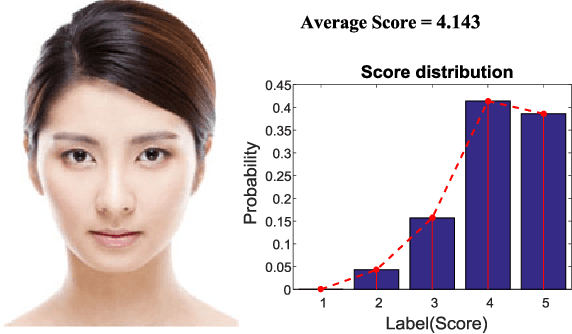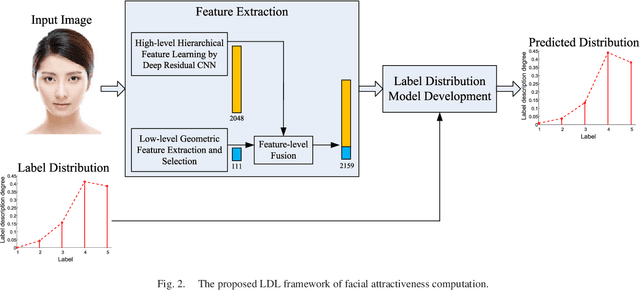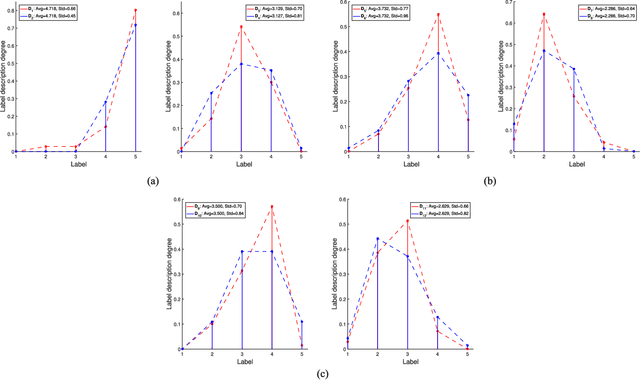Yangyu Fan
Pixel2ISDF: Implicit Signed Distance Fields based Human Body Model from Multi-view and Multi-pose Images
Dec 06, 2022Abstract:In this report, we focus on reconstructing clothed humans in the canonical space given multiple views and poses of a human as the input. To achieve this, we utilize the geometric prior of the SMPLX model in the canonical space to learn the implicit representation for geometry reconstruction. Based on the observation that the topology between the posed mesh and the mesh in the canonical space are consistent, we propose to learn latent codes on the posed mesh by leveraging multiple input images and then assign the latent codes to the mesh in the canonical space. Specifically, we first leverage normal and geometry networks to extract the feature vector for each vertex on the SMPLX mesh. Normal maps are adopted for better generalization to unseen images compared to 2D images. Then, features for each vertex on the posed mesh from multiple images are integrated by MLPs. The integrated features acting as the latent code are anchored to the SMPLX mesh in the canonical space. Finally, latent code for each 3D point is extracted and utilized to calculate the SDF. Our work for reconstructing the human shape on canonical pose achieves 3rd performance on WCPA MVP-Human Body Challenge.
Label distribution based facial attractiveness computation by deep residual learning
Sep 07, 2016



Abstract:Two challenges lie in the facial attractiveness computation research: the lack of true attractiveness labels (scores), and the lack of an accurate face representation. In order to address the first challenge, this paper recasts facial attractiveness computation as a label distribution learning (LDL) problem rather than a traditional single-label supervised learning task. In this way, the negative influence of the label incomplete problem can be reduced. Inspired by the recent promising work in face recognition using deep neural networks to learn effective features, the second challenge is expected to be solved from a deep learning point of view. A very deep residual network is utilized to enable automatic learning of hierarchical aesthetics representation. Integrating these two ideas, an end-to-end deep learning framework is established. Our approach achieves the best results on a standard benchmark SCUT-FBP dataset compared with other state-of-the-art work.
 Add to Chrome
Add to Chrome Add to Firefox
Add to Firefox Add to Edge
Add to Edge